
Springs Types and Uses
Hello readers! In this post, we'll discuss the different types of springs and their uses by using illustrations. Springs are crucial mechanical elements that are used to create motion, enhance shock absorption, etc.

Types of Spring and Their Uses [with Pictures] Engineering Learner
Springs are mechanical devices that pull, push, support, lift, or protect, and some of the most commonly used mechanical assemblies incorporate springs in their design.This article will cover different types of springs, their use, and how each type operates in specific applications.. Basic Spring Principles . Springs are mechanical devices used to exert force; compressive, tensile, or torsion.

How to Identify Different Types of Springs Blog KB Delta
Natural Spring Definition, Formation & Types Lesson Transcript Author Emre Unal View bio Instructor Elizabeth Friedl View bio Learn about natural springs, their formation, and how they differ.
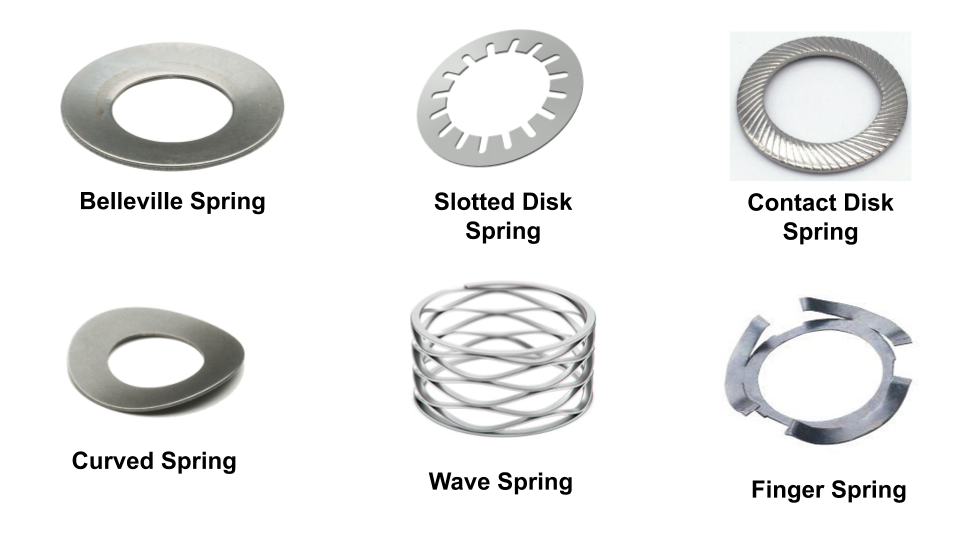
Types of Springs and their Applications SMLease Design
A spring is a device consisting of an elastic but largely rigid material (typically metal) bent or molded into a form (especially a coil) that can return into shape after being compressed or extended. [1] Springs can store energy when compressed.
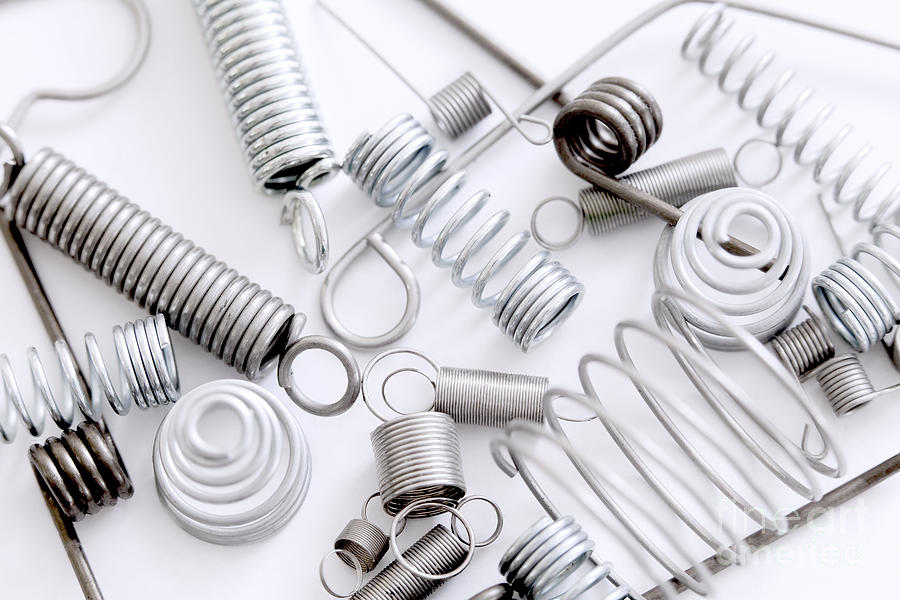
Various types of springs Photograph by B Christopher
Spring Types and Their Applications The most common way to classify springs is by how the load is applied to them. These are the most common classifications of springs: Compression springs: designed to operate with a compressive load. Found in shock absorbers, spring mattresses, mechanical pencils, and retractable pens.
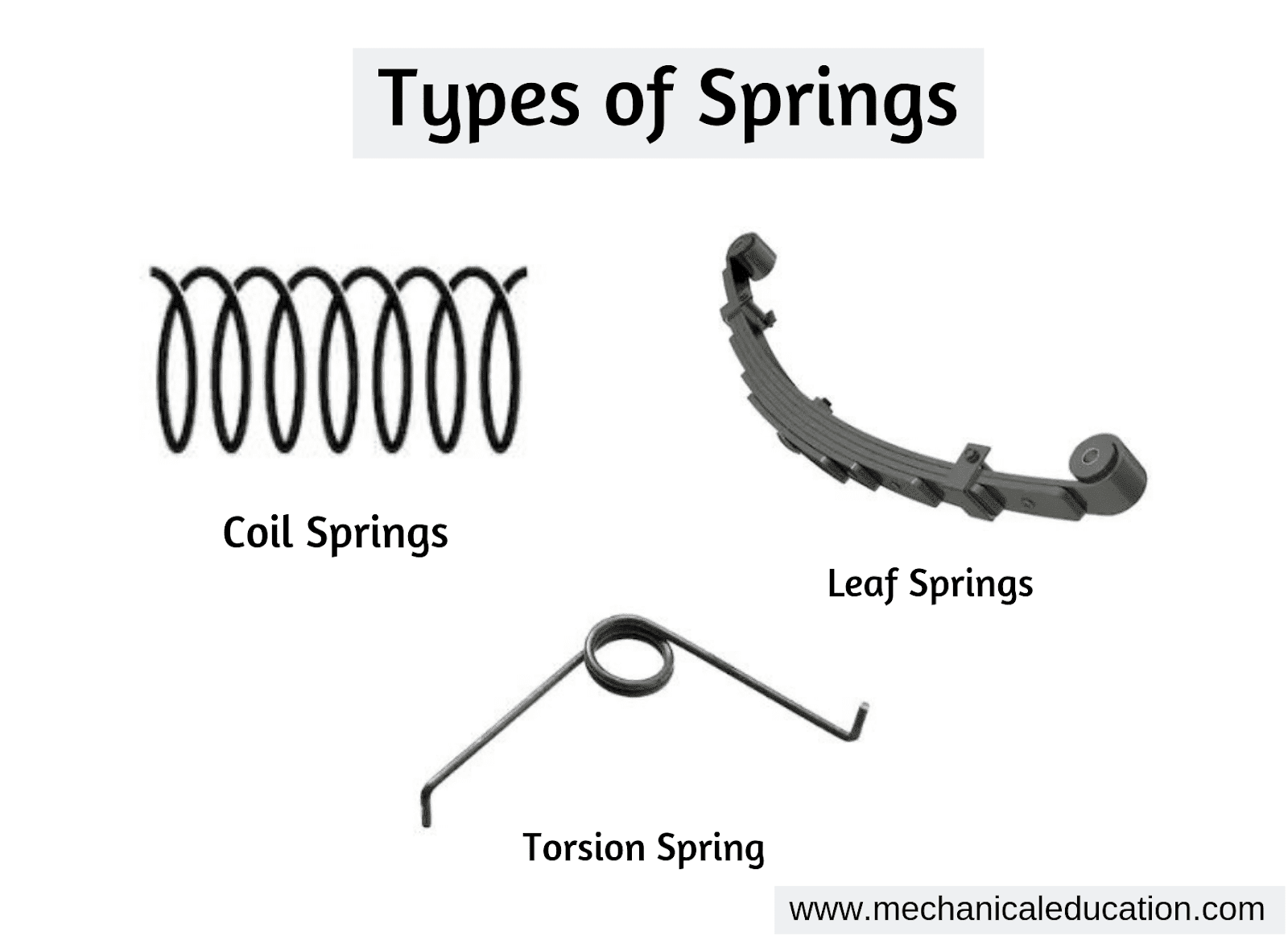
Spring and types of springs Mechanical Education
There are several quite different kinds. The most familiar ones are coil springs (like the ones you find in pens and the one we made up above from a paperclip): cylinders of wire wrapped around a circle of fixed radius. Spiral springs are similar, but the coil gets progressively smaller as you reach the center; our paper spring is an example.
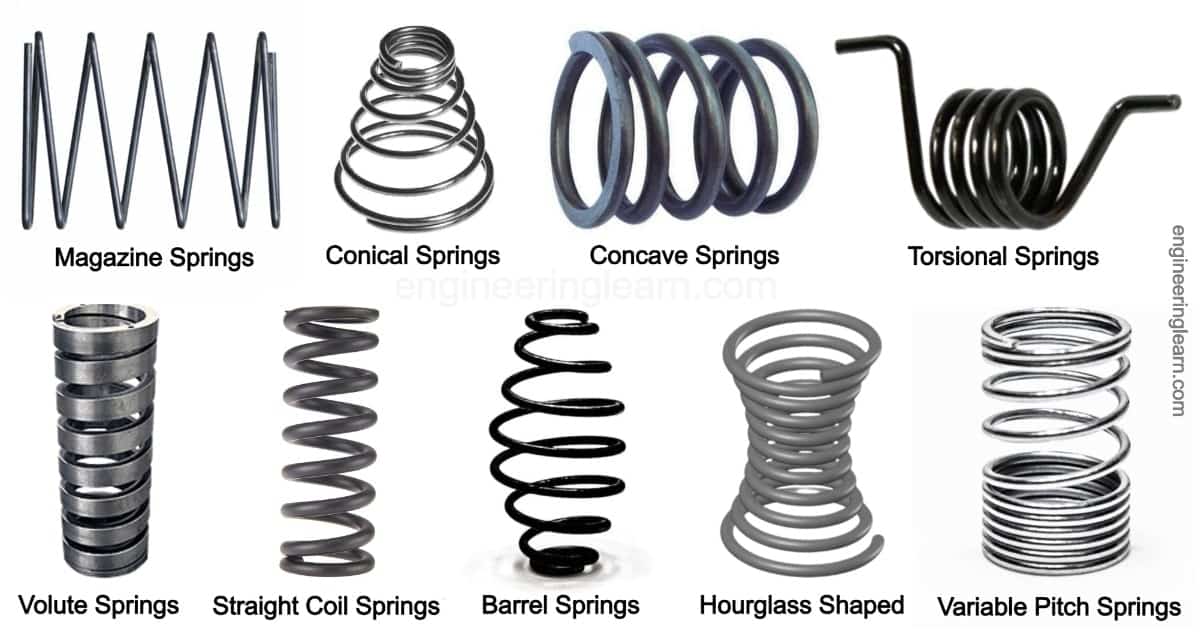
Compression Spring Types, Working, Uses, Parameters, Material, Design, Applications, Advantages
The most common spring types include: Compression Springs Extension Springs Torsion Springs Constant Force Springs Belleville Springs Drawbar Springs Volute Springs Garter Springs Flat Springs Gas Springs Air Springs Compression Springs Compression springs are helically coiled wires designed to provide an opposing force when compressed.
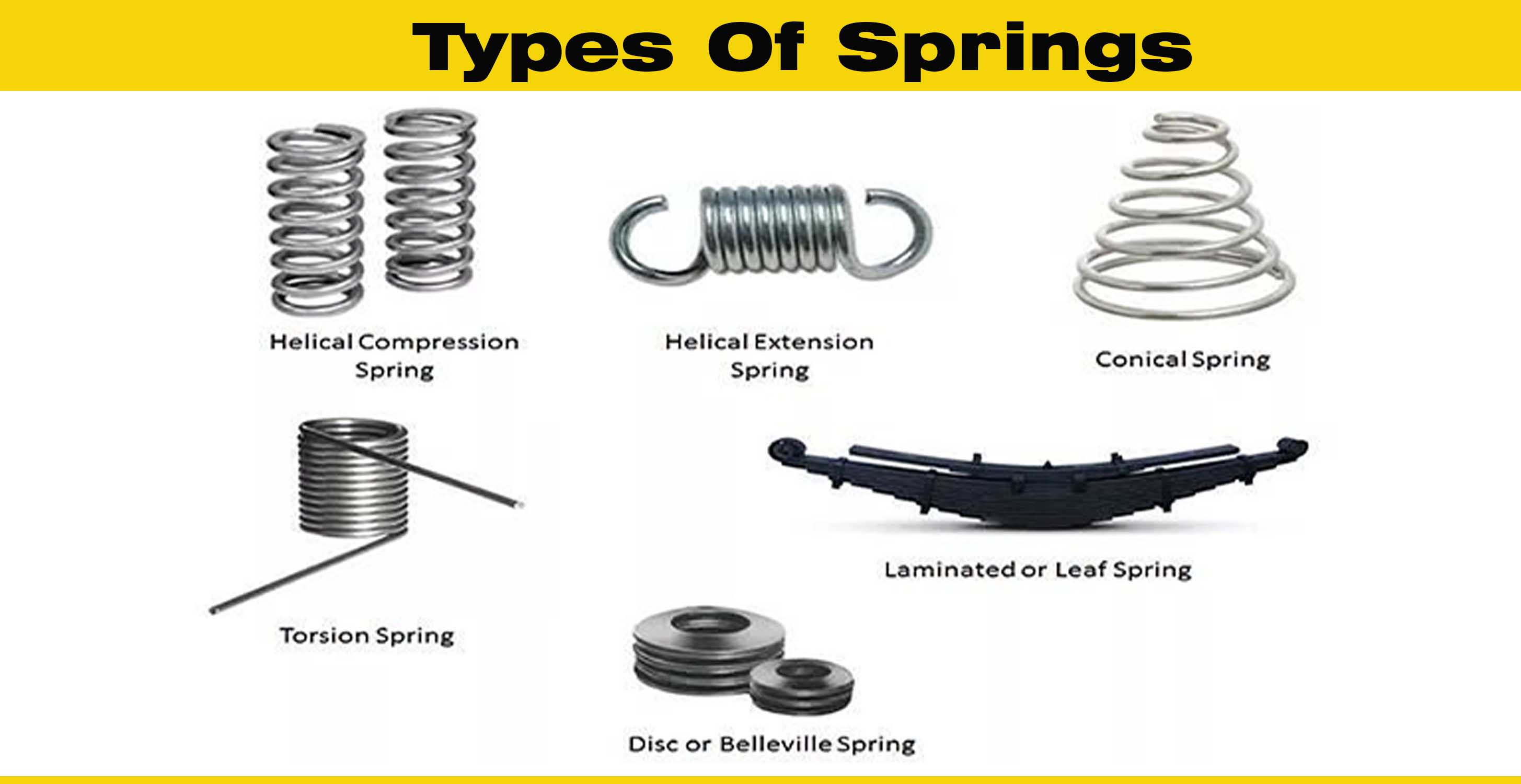
Types Of Springs Engineering Discoveries
The UK's Number 1 Supplier Of Car Parts With Over 250 Branches Nationwide & 130k+ Parts. We Offer Service Parts At Very Competitive Prices With Free Delivery On Orders Over £25*.
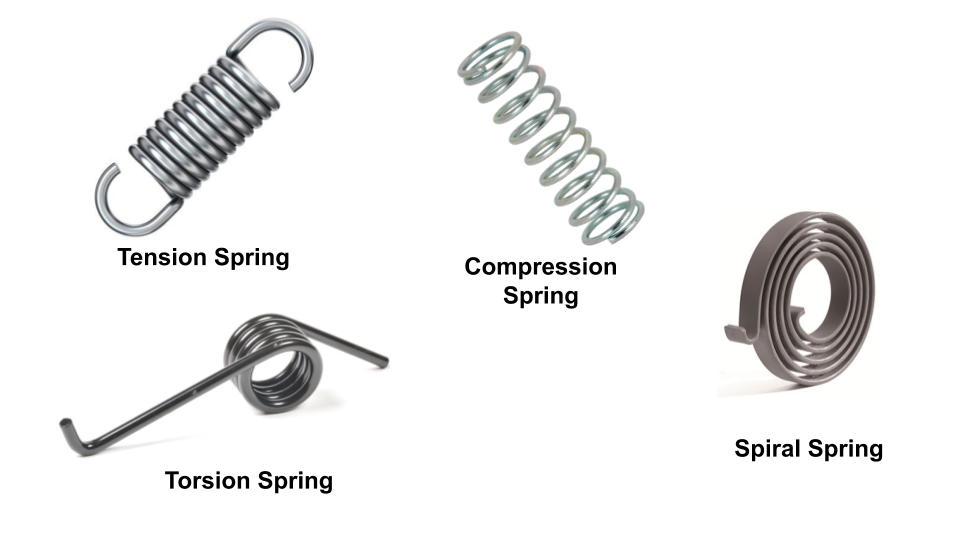
Types of Springs and their Applications SMLease Design
Linear Rate Spring: This is the most common type of spring. When a load is applied, it produces an opposing force with a constant rate of change. Variable Rate Spring: These types of springs produce a variable opposing force when compressed or extended. There are generally two types. A progressive-rate spring provides a smooth change in force.

Types of Spring and Their Uses [with Pictures] Engineering Learn
Torsion spring. Spiral spring. Compression Spring. Compression springs are a kind of open-coil helical spring that offers resistance to axial compression load. Usually, compression springs are coiled at constant diameter, but variable diameter shape like conical spring is also very widely used.
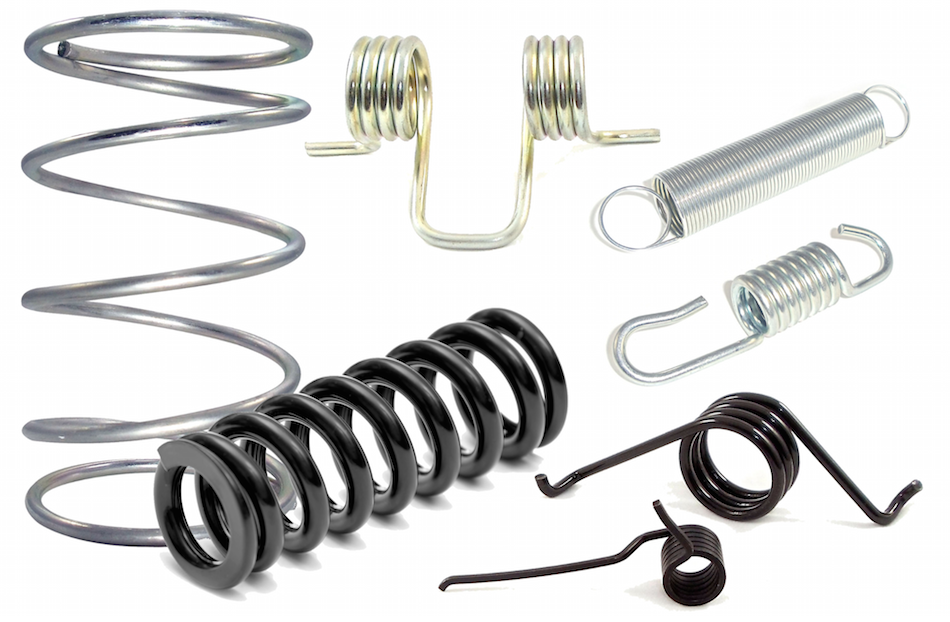
Types of Springs and their Applications An Overview Fictiv
Various classifications of springs have been proposed, based on different characteristics explained, of which the most common are discharge rate and uniformity; character of the hydraulic head creating the discharge; geologic and geomorphologic structure controlling the discharge; water quality and temperature. Previous chapter Next chapter 2.1.
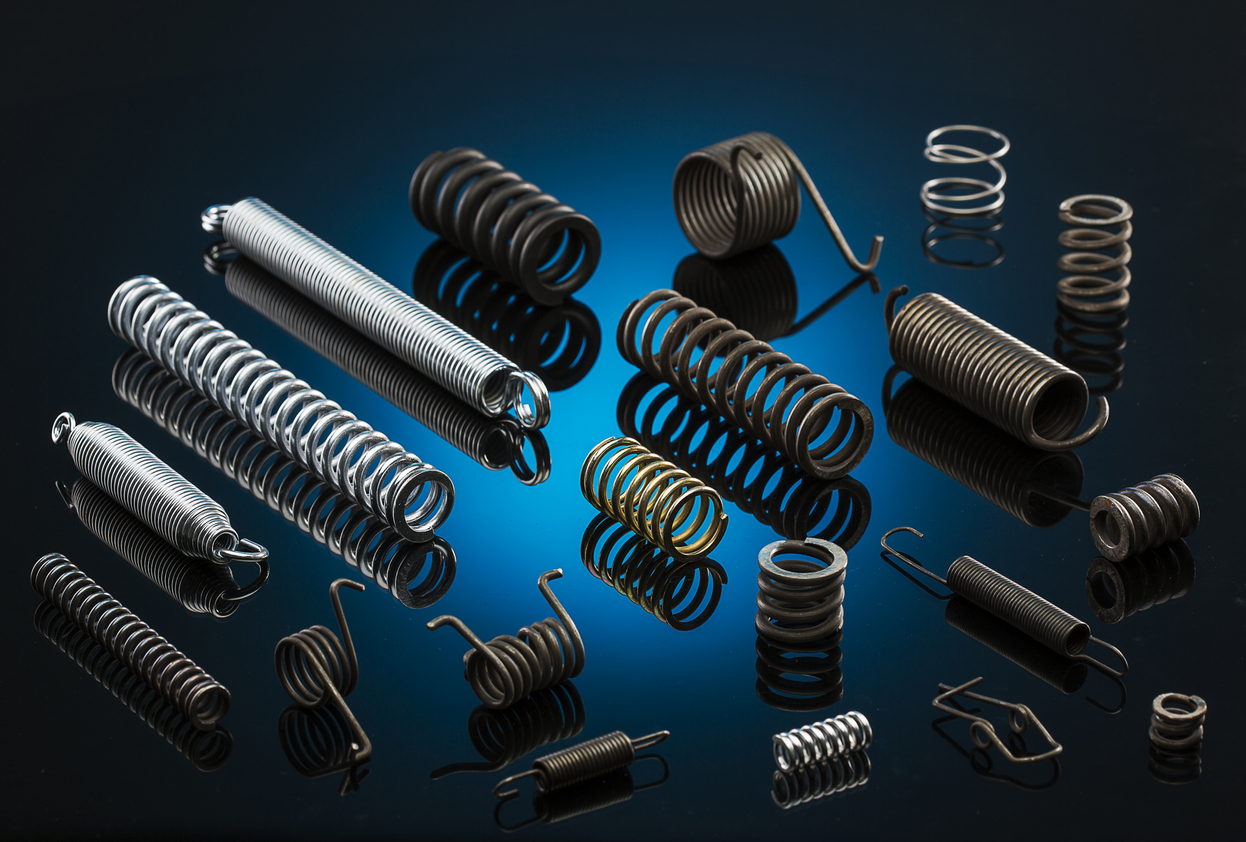
Spring Materials Information Airedale Springs
We can classify springs according to their construction and line of action of applied force. Here is the list of most commonly used types of springs. Helical Springs. Tension Coil Spring. Compression Spring. Torsion Spring. Spiral Spring. Leaf Spring.

Different Types of Springs and Their Uses
The Spring palette is warm, light, bright and fresh. But it also contains everything from autumnal Corn Yellow to crisp Bright Navy and palest Peachy Pink.

Different Types Of Springs Definition, Types and Applications [PDF]
The most common spring types include: Compression Springs Extension Springs Torsion Springs Constant Force Springs Belleville Springs Drawbar Springs Volute Springs Garter Springs Flat Springs Gas Springs Air Springs Types of Spring 1. Compression Springs

Types Of Springs Engineering Discoveries
Different Types of Springs and Their Applications Springs are made from different materials, shapes, functions, etc., which necessitates various applications. And the springs have three main categories, with each category having different subcategories. Helical springs are the most common types of springs in product manufacturing.
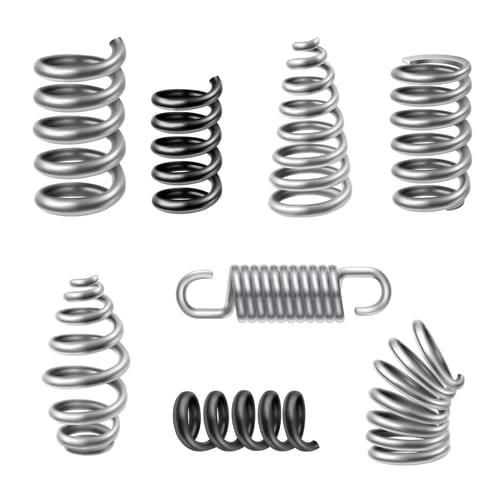
Learn More About the Types of Springs We Manufacture Custom Springs
Types of springs 1. Helical Springs 2. Conical and Volute Springs 3.Torsion Springs 4. Laminated Leaf Springs 5. Disc Springs or Belleville springs 6. Special Purpose Springs : Spring Materials Spring Design Terminology of Helical Springs 1. Spring index (C): 2. Solid length: 3. Free length: 4. Spring Rate OR Spring Stiffness : 5. Pitch: